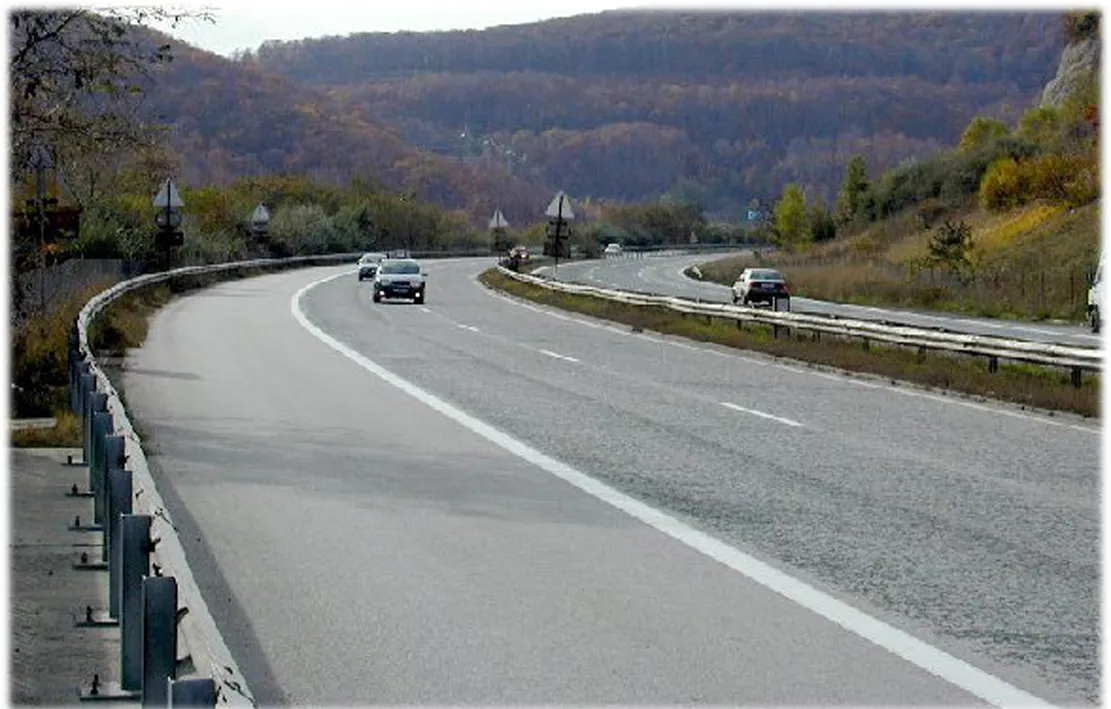The European Union will fund €265 million for construction of the last section of the M4 motorway, linking Budapest, Hungary with the Romanian border.
The money will come from the EU’s Cohesion Fund that targets projects designed to boost local and regional economies and promote tourism.
The link's starting point is at the junction where the M35 motorway, which connects Berettyóújfalu and Debrecen.
June 18, 2018
Read time: 1 min
The 1116 European Union will fund €265 million for construction of the last section of the M4 motorway, linking Budapest, Hungary with the Romanian border.
The money will come from the EU’s Cohesion Fund that targets projects designed to boost local and regional economies and promote tourism.
The link's starting point is at the junction where the M35 motorway, which connects Berettyóújfalu and Debrecen.
The M4 will allow people to travel from Budapest to the northeast border of Romania within 2 hours 40 minutes.
The M4 will connect Budapest to the Romanian city of Oradea in western Romania, the capital of Bihor County and Crișana region. In Hungary the route passes through Cegléd – Szolnok – Karcag – Püspökladány – Berettyóújfalu – Nagykereki before reaching the border.







